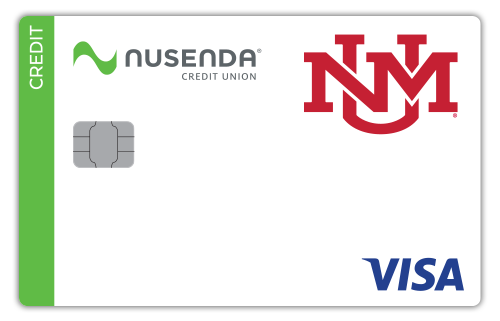

The charge coin offered a simple and fast way to copy a charge account number to the sales slip, by imprinting the coin onto the sales slip. Each had a charge account number, along with the merchant's name and logo. These charge coins were usually given to customers who had charge accounts in hotels or department stores. Some were shaped like coins, with a little hole enabling it to be put in a key ring. Bellamy used the term credit card eleven times in this novel, although this referred to a card for spending a citizen's dividend from the government, rather than borrowing, making it more similar to a debit card.īeginning in the late 19th century, charge cards came in various shapes and sizes, made of celluloid (an early type of plastic), copper, aluminum, steel, and other types of whitish metals. The concept of using a card for purchases was described in 1887 by Edward Bellamy in his utopian novel Looking Backward. History Edward Bellamy's Looking Backward

In addition, some cards are now vertical in design, rather than horizontal. With the decline of paper slips, some credit cards are no longer embossed and in fact the card number is no longer in the front.

Ĭredit card numbers and cardholder names were originally embossed, to allow for easy transfer of such information to charge slips printed on carbon paper forms. Not all credit cards have the same sets of extra codes nor do they use the same number of digits. Complex smart cards allow to have a variable security code, thus increasing security for online transactions. In addition to the main credit card number, credit cards also carry issue and expiration dates (given to the nearest month), as well as extra codes such as issue numbers and security codes. In addition, complex smart cards, including peripherals such as a keypad, a display or a fingerprint sensor are increasingly used for credit cards. Most modern credit cards use smart card technology: they have a computer chip embedded in them as a security feature. Credit cards have a magnetic stripe conforming to the ISO/IEC 7813. īoth of these standards are maintained and further developed by ISO/IEC JTC 1/SC 17/WG 1. The next nine digits are the individual account number, and the final digit is a validity check digit. This is the first six digits for MasterCard and Visa cards. The card number's prefix, called the Bank Identification Number (known in the industry as a BIN ), is the sequence of digits at the beginning of the number that determine the bank to which a credit card number belongs. Ĭredit cards have a printed or embossed bank card number complying with the ISO/IEC 7812 numbering standard. The size of most credit cards is 85.60 by 53.98 millimetres ( 3 + 3⁄ 8 in × 2 + 1⁄ 8 in) and rounded corners with a radius of 2.88–3.48 millimetres ( 9⁄ 80– 11⁄ 80 in) conforming to the ISO/IEC 7810 ID-1 standard, the same size as ATM cards and other payment cards, such as debit cards. In 2020, there were 1.09 billion credit cards in circulation in the U.S and 72.5% of adults (187.3 million) in the country had at least one credit card. As of June 2018, there were 7.753 billion credit cards in the world. Alternatives to credit cards include debit cards, mobile payments, digital wallets, cryptocurrencies, pay-by-hand, bank transfers, and buy now, pay later. A credit card differs from a charge card also in that a credit card typically involves a third-party entity that pays the seller and is reimbursed by the buyer, whereas a charge card simply defers payment by the buyer until a later date.Ī credit card also differs from a debit card, which can be used like currency by the owner of the card. In contrast, credit cards allow the consumers to build a continuing balance of debt, subject to interest being charged.

Namo inc credit card full#
Ī regular credit card is different from a charge card, which requires the balance to be repaid in full each month or at the end of each statement cycle. Most cards are plastic, but some are metal cards (stainless steel, gold, palladium, titanium), and a few gemstone-encrusted metal cards. There are two credit card groups: consumer credit cards and business credit cards. The card issuer (usually a bank or credit union) creates a revolving account and grants a line of credit to the cardholder, from which the cardholder can borrow money for payment to a merchant or as a cash advance.
Namo inc credit card plus#
A credit card is a payment card issued to users (cardholders) to enable the cardholder to pay a merchant for goods and services based on the cardholder's accrued debt (i.e., promise to the card issuer to pay them for the amounts plus the other agreed charges).


 0 kommentar(er)
0 kommentar(er)
